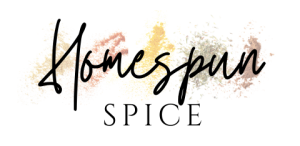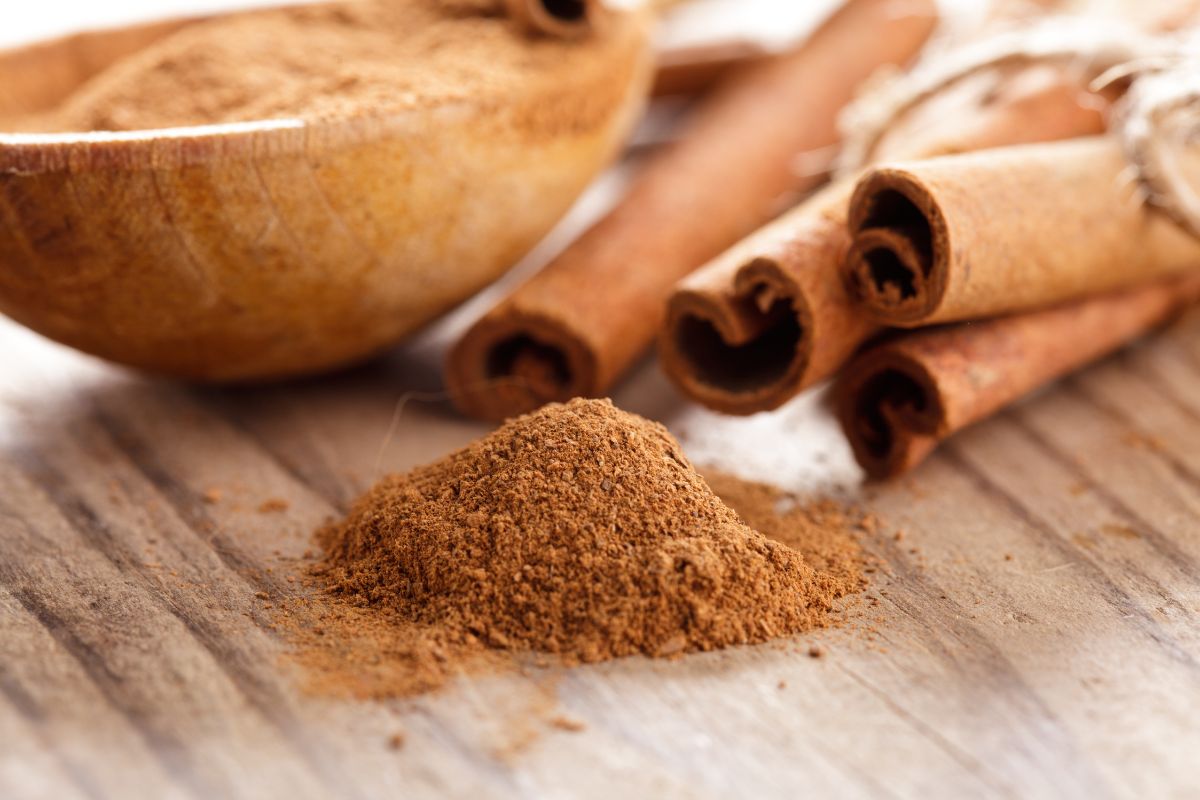Cinnamon is one of the warm spices you can use to add warmth and sweet flavor to your dishes. The spice has no side effects when used in small quantities. However, when consumed in large quantities, it may lead to liver damage, aspiration pneumonia, and allergic reactions.
Table of Contents
Is cinnamon common in recipes?
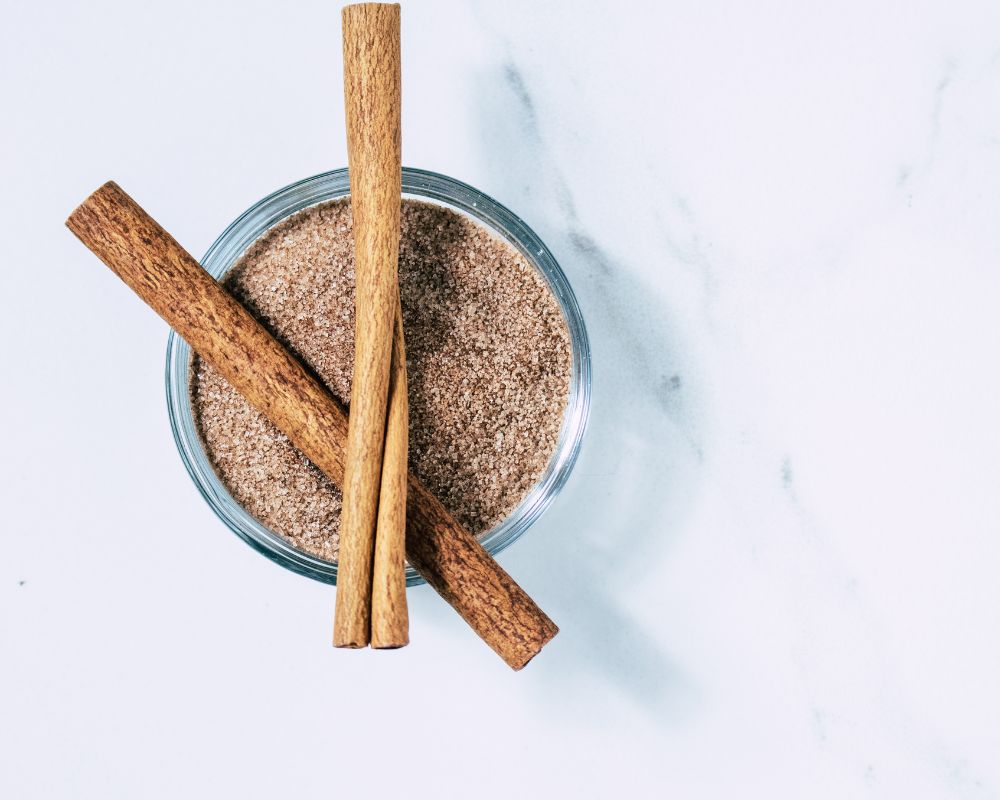
Cinnamon is a common spice in recipes. In the US, bakers use it in baked goods, desserts, candy, and fruit dishes.
The warm spice features in cuisines worldwide in sweet and savory dishes such as Moroccan tagines, Vietnamese pho, Indian curries, Mexican chili spice blends, Scandinavian pastries, and Middle Eastern lamb and chicken servings.
| Origin | Originates from Ceylon (now Sri Lanka), southern India, and Myanmar (Burma) |
| Appearance | Ceylon cinnamon powder has a tan-brown color and is smoother in texture but more crumbly than the cassia variety |
| Flavor profile | A delicately aromatic spice with a warm, spicy, woodsy, sweet flavor |
Cinnamon origin
Cinnamon originates from Ceylon (now Sri Lanka), southern India, and Myanmar (Burma). The spice comes from the inner bark of trees in the genus Cinnamomum.
Cinnamomum trees are native to Sri Lanka and India. Today, they are grown in South America, Vietnam, East Africa, the West Indies, Europe, North America, and Madagascar. Most cassia cinnamon is grown in Indonesia.
Cinnamon is a common spice in European, Middle Eastern, Indian, Chinese, Vietnamese, and African cuisines.
Appearance
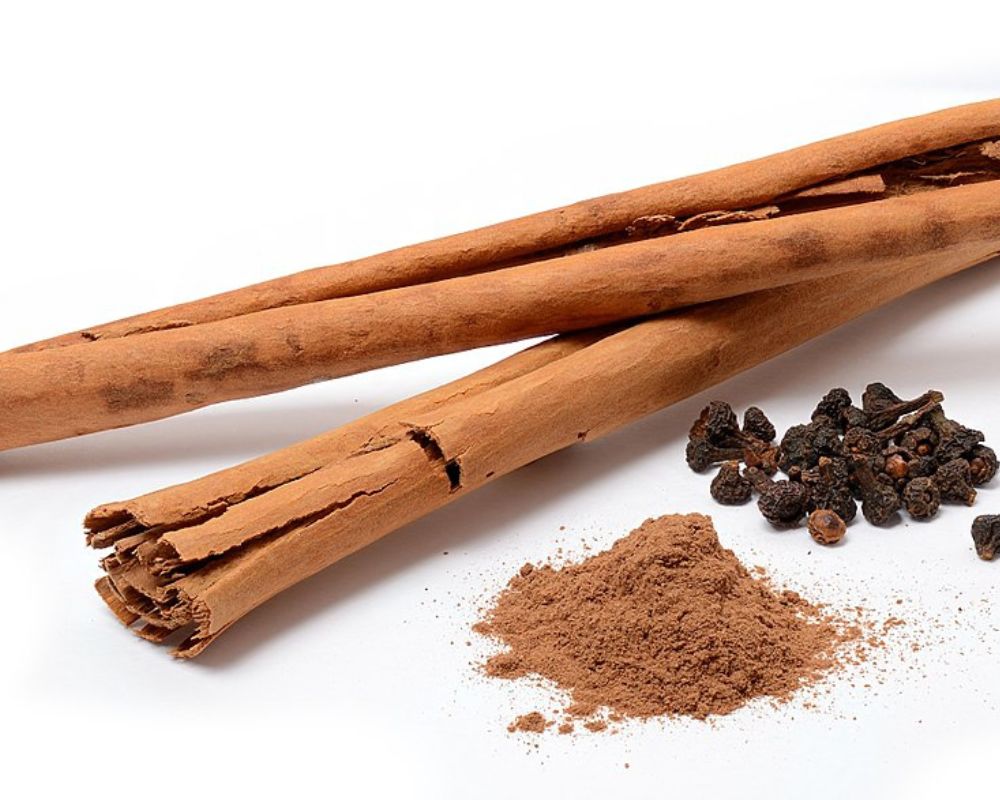
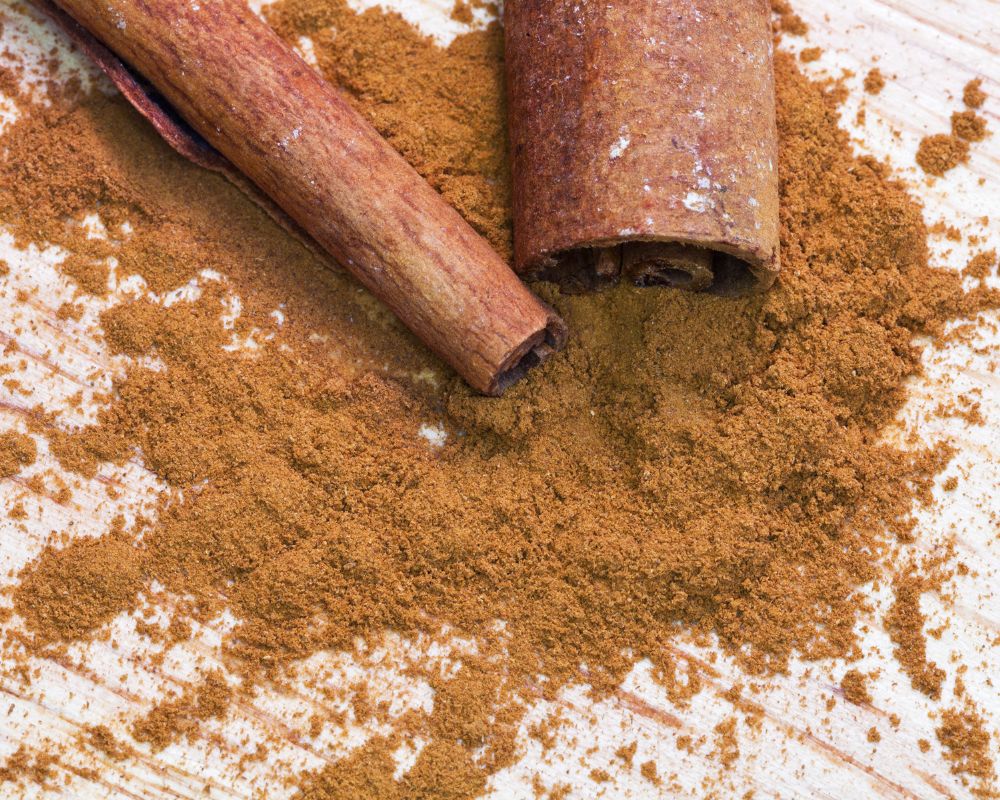
The two most common types of cinnamon are cassia cinnamon and Ceylon cinnamon. Also called “true cinnamon,” Ceylon cinnamon powder has a tan-brown color and is smoother in texture but more crumbly than the cassia variety.
Cassia cinnamon has a dark red-brown color and a rougher texture. Its cinnamon sticks are thicker than the numerous tight sticks of the Ceylon variety. The layers of cassia bark are harder and coarser.
Fine cinnamon powder or ground cinnamon is made by grinding dried cinnamon sticks or rolls from fresh cinnamon bark.
Flavor profile
Cinnamon is a delicately aromatic spice with a warm, spicy, woodsy, sweet flavor.
The main active ingredient in the spice is cinnamaldehyde, which gives it its characteristic cinnamon flavor, aroma, and spiciness. Since this compound is lower in Ceylon cinnamon, the variety has a less bitter flavor and zing.
How healthy is cinnamon?
Given its complex composition, cinnamon is a highly healthy and nutritional spice when used in small quantities. Ceylon cinnamon is an excellent source of magnesium, vitamin A, potassium, vitamin K, zinc, calcium, phosphorus, and dietary fiber.
The beta-carotene in cinnamon acts as a provitamin that converts to vitamin A, which promotes eye health.
Ceylon cinnamon contains manganese, which helps repair bones and manages the enzymes that produce hormones. Manganese is also an antioxidant component for protection from free radicals.
However, research into the specific health benefits of cinnamon is still scarce and ongoing. Most of it has been in mice and rats and very little in humans. Some studies suggest that cinnamaldehyde helps lower blood sugar by mimicking insulin. It may also lower cholesterol in diabetes patients.
Studies are also ongoing on the antiviral properties of cinnamon. Elderberry, green tea, and cinnamon extracts rich in flavonoids might block HIV from invading and infecting some cells.
Research is also underway into the antibacterial properties of cinnamon in killing E. coli and streptococcus. The antioxidant properties in managing Alzheimer’s by blocking the buildup of tau protein in the brain are also under investigation.
Can large amounts of cinnamon be harmful?
Large amounts of cinnamon can harm your body, whether taken continuously or in a single event.
Coumarin, a compound found in higher quantities in cassia cinnamon than in Ceylon cinnamon, may cause liver damage in some people when consumed in excess.
Excess coumarin also increases the risk of cancer. It has been proven to cause cancerous tumors in rodents’ livers, kidneys, and lungs. This effect may apply to humans, even though newer studies suggest that coumarin has anticancer properties.
Cinnamadelhyde may cause allergic reactions when taken in large quantities. Its allergy effects include:
- Mouth sores
- White patches in the mouth
- Swelling in the gum or tongue
- Burning sensations
Dry cinnamon also causes breathing problems if you inhale it. Cinnamadelhyde causes throat irritations when taken in excess amounts. In severe cases of cinnamon inhalation, aspiration pneumonia occurs. This causes the lungs to collapse and can be fatal.
Health experts recommend a daily coumarin intake of 0.05mg per pound of body weight. This equates to 8mg per day for a 178-pound adult.
One teaspoon (2.5 grams) of ground cassia cinnamon has 7-18mg of coumarin. One teaspoon may easily exceed the recommended daily intake.
Is Ceylon cinnamon healthier than some other kinds?
| Ceylon cinnamon | The healthiest of all kinds of cinnamon |
| Chinese cinnamon (cassia cinnamon) | Has the highest amounts of cinnamaldehyde and coumarin |
| Indonesian cinnamon | Has higher concentrations of cinnamaldehyde and coumarin than Ceylon cinnamon |
| Vietnamese cinnamon (Saigon cinnamon) | Has higher concentrations of cinnamaldehyde and coumarin than Ceylon cinnamon |
| Malabar cinnamon | Has higher concentrations of cinnamaldehyde and coumarin than Ceylon cinnamon |
| Korintje cinnamon | Has higher concentrations of cinnamaldehyde and coumarin than Ceylon cinnamon |
Ceylon cinnamon is the healthiest of all kinds of cinnamon. It has manageable amounts of cinnamaldehyde and coumarin.
Also called Chinese cinnamon, cassia cinnamon has the highest amounts of cinnamaldehyde and coumarin.
Other kinds of cinnamon include Indonesian cinnamon (Cinnamomum burmannii), Vietnamese cinnamon or Saigon cinnamon (Cinnamomum loureiroi), Malabar cinnamon, and Korintje cinnamon. These varieties have higher concentrations of cinnamaldehyde and coumarin than Ceylon cinnamon.
